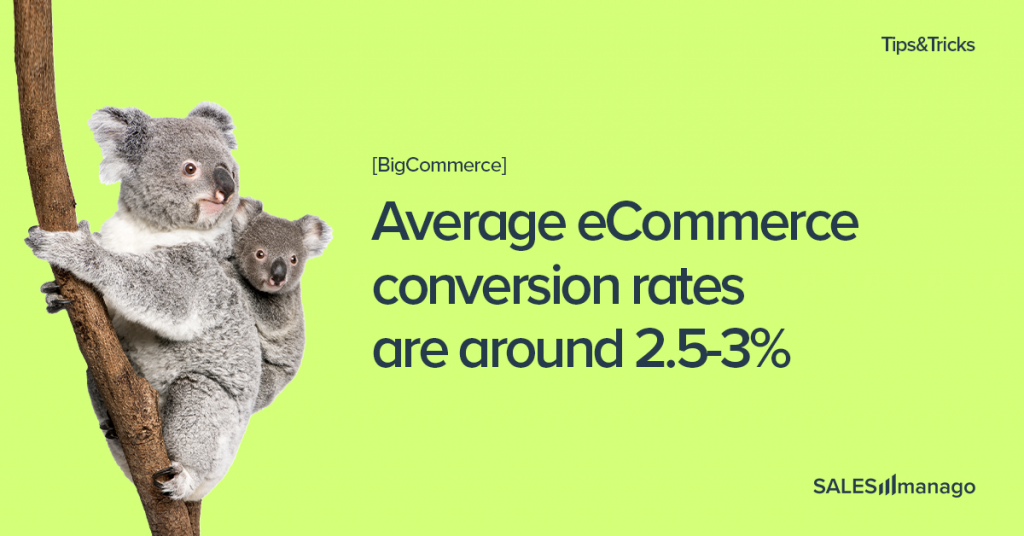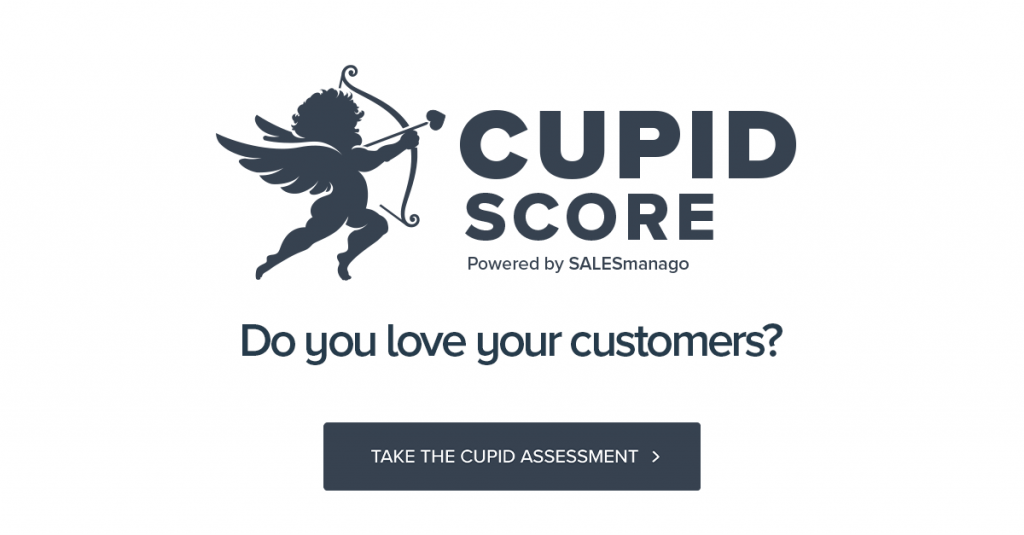
In an increasingly competitive eCommerce world, there are some dos and don’ts when it comes to encouraging customers to buy from your business. This act is called a conversion, and it’s just about the most important metric you’ll need to watch as you plan on building your business and increasing revenue. In eCommerce, conversion means the percentage of website visitors who purchased something from your online store in a set period of time. As with all marketing metrics, conversion rate is something you can—and should—work on.
But what are the top ways to optimise your conversion rates?
Gather valuable customer data for a personalised approach
Use zero-party data to help personalise the website
In the modern eCommerce world, personalisation is a must. Amongst the variety of ways to personalise content delivery, there’s one standout: whole website personalisation. The latest AI and automation technology, used by a modern Customer Engagement Platform (CEP), is able to create real-time personalisation that responds to website visitor activity, allowing you to replace generalised offers with ones tailored to each unique customer. The result? A substantially reduced bounce rate.
For this to thrive, it’s about collecting, managing and actioning zero-party data that provides that all important insight into the needs, wants and desires that customers are willing to share about themselves. By using this data to create a more holistic and rounded 360 customer profile, website personalisation can be enhanced to its optimum.
Two-step newsletter sign-in
Employing a two-step newsletter sign-in form is another handy tool for brands to develop their client databases more coherently. The newsletter operates a two-step approach: the first step asks for an email address and the second offers the chance for clients to provide more useful details, such as preferences and location, if they so desire. Through this approach, brands can also gather detailed data on their more active and valuable users.
Utilising this solution shortens the conversion path and allows brands to gain more declarative customer data. By pinning the majority of your efforts on the engaged users, it increases the likelihood of converting them into customers quicker. It’s a hub of zero-party data that can then be fed back into the website personalisation process.
Convert the anonymous
People often like to stay anonymous, browsing your website multiple times without feeling any urge to create an account or reveal themselves. But there are various incentives at hand that can encourage visitors to register. Even if users maintain their anonymity, you can still get straight to conversion and offer that nudge towards completing the purchase.
A social proof feature on a CEP provides the means to provide healthy pressure on unidentified website visitors. The module is able to display in real-time the number of customers currently watching a product, helping to make it all the more attractive and incentivise the user to buy it. The feature also has the capability for bespoke notifications that fit the brand image and display design.
Personalise messages to anonymous clients
Through acquiring zero-party and real-time website data, you can personalise messages not only to existing customers but to potential ones as well. Dynamic web push notifications from a CEP provide the means to send wholly personalised content and notifications with site and product recommendations. The options are there for either a mass sendout or a personal 1-to-1 level message.
Communicate at the optimum moment in the best way
Getting creative and personal with your messages is a proven method of reeling visitors back onto your website and converting them into customers. But the countless messages consumers receive can take them over the borderline into the irritable and annoying category. So how can brands avoid crossing this border?
Through a CEP you can utilise the customer preference centre to ask customers about the frequency with which they wish to receive offers and promotions. So, instead of spamming customers, this enables you to provide only tailored and wanted information by the visitor. This can also be set up to match their desired channel, be that by email, web push or SMS.
Retain clients’ interest in watched products
Just because they’re gone, doesn’t mean they should be forgotten. Visitors can be reminded about the products that caught their eye on the site through the implementation of real-time intelligent product recommendation powered by AI. This not only widens the campaign range but is sure to boost conversion rates.
Visitors may also leave a trail of information about preferred price range and size, for example. Recommendation frames can then be used to suggest similar products that fit these requirements.
Use live chat software to help visitors answer questions
This is a mutual two-way benefit. Live chats help visitors answer their queries while you gain an understanding of how they are interacting with the website. Live chat consultants can also be prepped with customer profiles and preferences and develop a direct communication channel between a potential customer and the brand.
If you don’t have capacity for a live chat, don’t do it. Not being available to respond to questions gives off a bad look and it’s better not to have it then not be around. But if you can, you definitely should.
Rescue abandoned carts with a two-step process
If anything needed to highlight the importance of conversion rates, it’s the fact that more than two thirds of online shopping carts are abandoned, meaning 7 in 10 customers are failing to complete purchases. This is faltering one step from conversion.
However, through using the recommendation system, the purchase(s) can be saved. The feature will be activated when a cart is abandoned. It will send the user an email not only with a list of the deserted items, but also recommended products picked out by AI that match the recommendation frames.
If this fails, the system has a second trick up its sleeve: the final step is to deliver a follow up message containing a discount coupon. It’s a two-step model that can provide incentives at crucial moments in the user decision process and purchase journey.
Small margins, big gains
The small margins in nailing the act of conversion can have big business outcomes. Failure to capitalise on such opportunities can result in significant missed revenue. But by adopting the latest technology and data to offer tailored, targeted and personalised content, you can dramatically increase your eCommerce conversion rate and completed sales.
Customers want to buy the best products for them – if they like what you are offering and how you are communicating with them, they will be happy to share data as a result. And this creates the knock-on effect of better subsequent communication.
By converting your eCommerce processes to suit the modern customer, you can revolutionise your conversion rate and enhance those all important relationships between the brand and customer. It’s small margins, but big gains.

 Follow
Follow
















